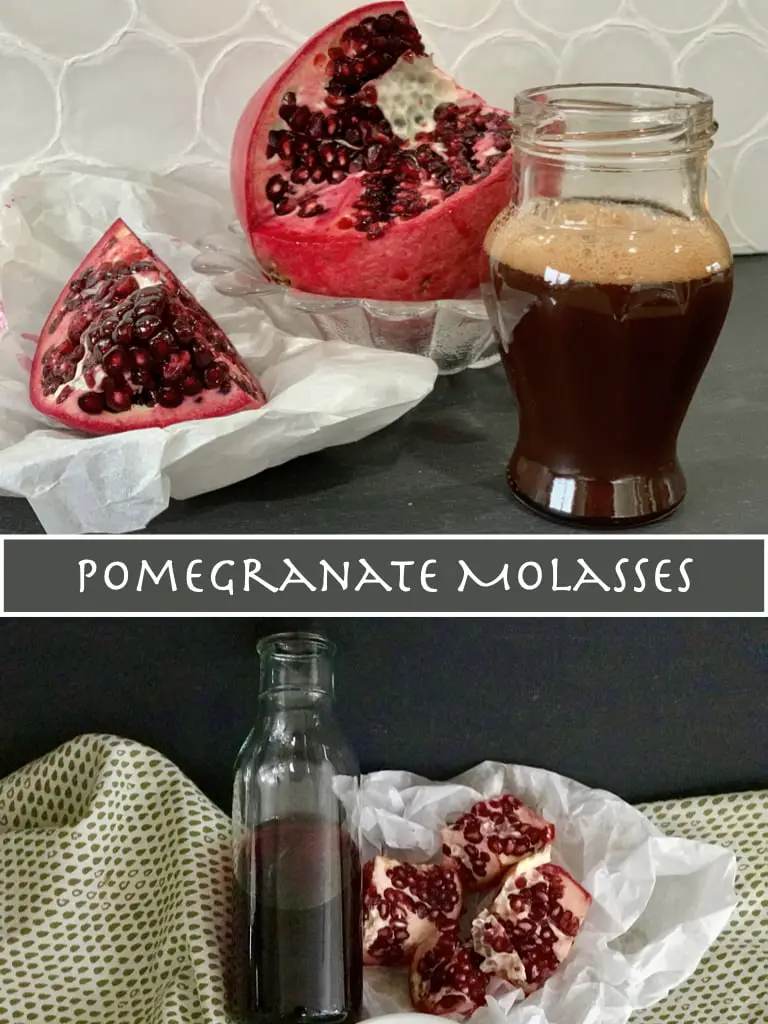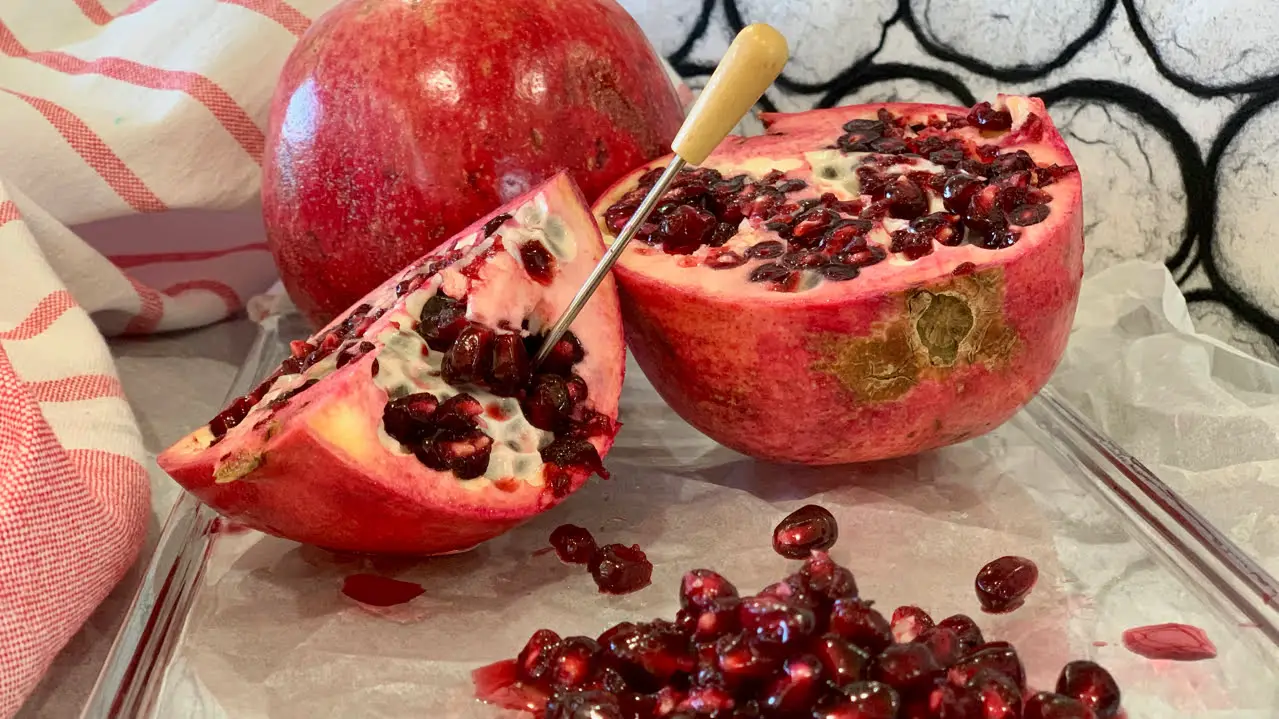Pomegranate Molasses Recipe, a simple reduction of pomegranate juice and sugar, produces a sweet and sour syrup used in many Middle Eastern recipes.
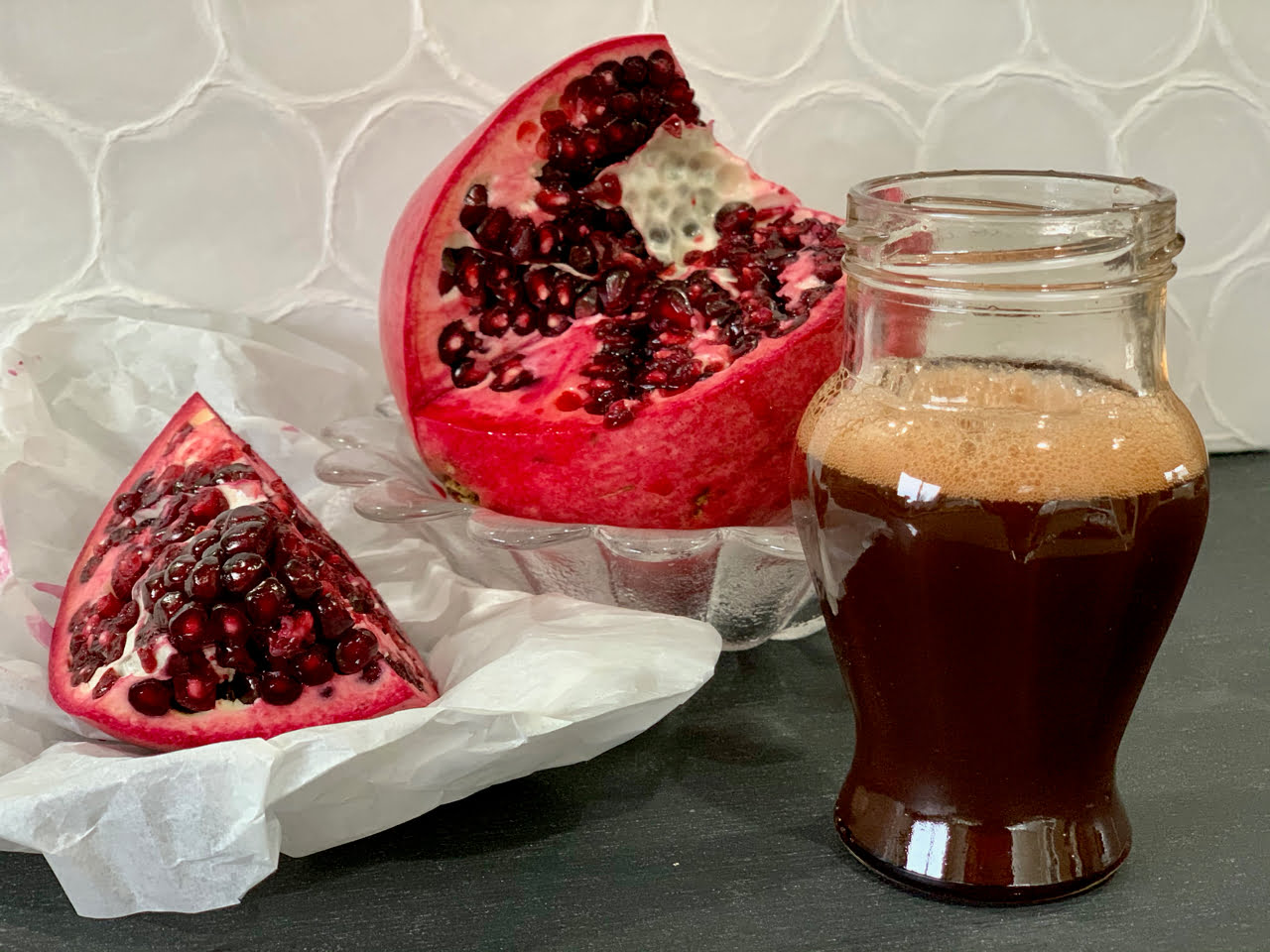
Who Cooks With Pomegranate Molasses?
Mediterranean cooking is the primary region of the world that utilizes the sweet and sour molasses of pomegranate in so many recipes.
Fortunately, America has caught on to the abundant nutrients in pomegranate, which makes the juice available in most grocery stores.
Once I show you a few recipes using pomegranate molasses, I’m sure you will soon have homemade pomegranate molasses recipe made and in your fridge!
Fabulous International Recipes With Pomegranate Molasses
A current popular dish from Iran, using pomegranate molasses, is known as Fesenjan Persian Chicken Stew.
The sweet and sour flavor of the pomegranate molasses gives the otherwise mild flavor of chicken an impressive zing.
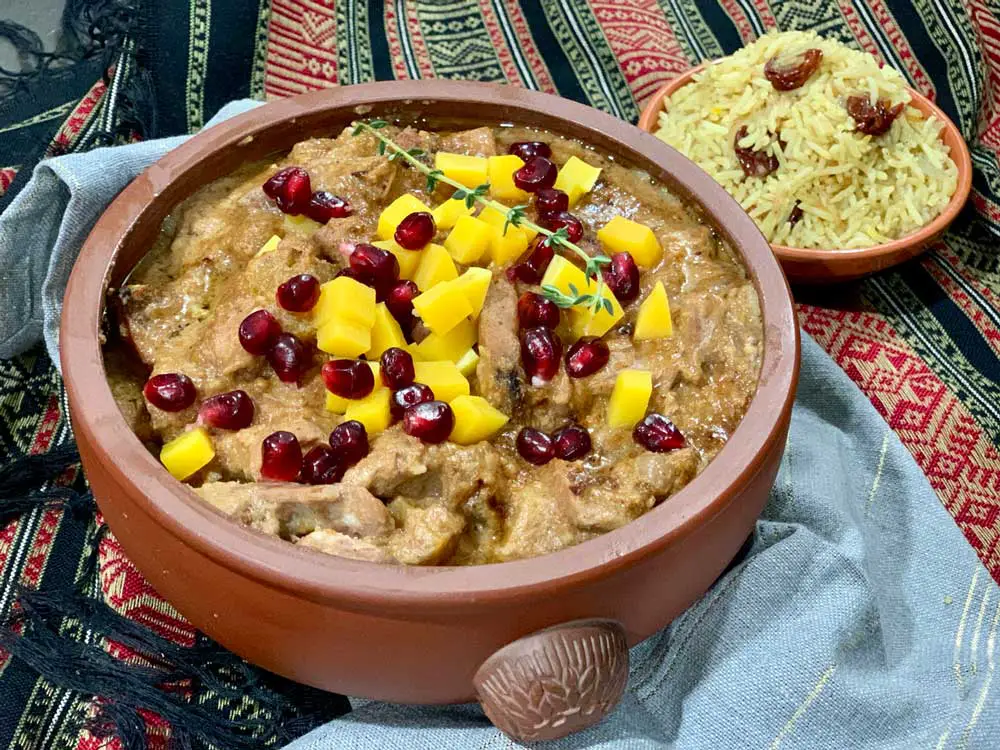
You don’t have to cook Mediterranean food to love some tender, slow cooked Beef Short Ribs.
The use of pomegranate molasses in my short ribs, adds a tart, yet sweet dimension when using chili peppers.
When I have run out of pomegranate molasses, I will use maple syrup, however it lacks the tartness.
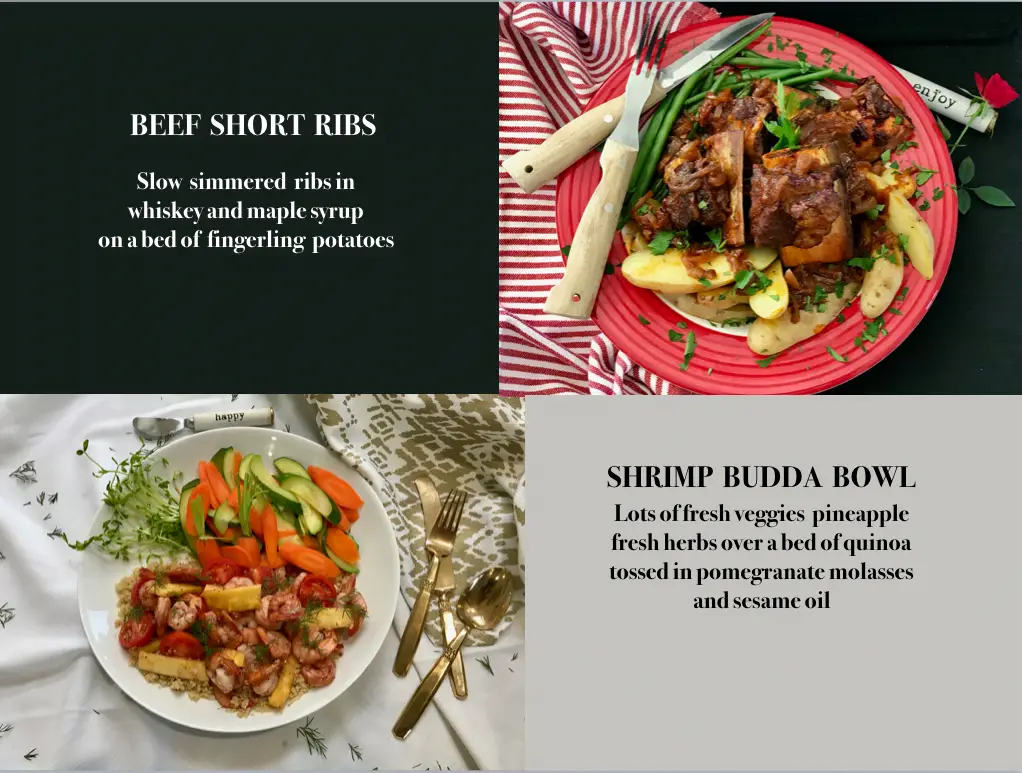
A recipe nearly everyone is sure to love is this vibrant Shrimp Budda/Buddha Bowl, where pomegranate molasses marries exotically with sesame oil.
Where Does Pomegranate Molasses Originate From?
Growing up in America with a Syrian mother, food in our home was just different than all my girlfriend’s homes.
Once a month our family would make the hour-long drive into DC to the Middle Eastern market.
Pomegranate Molasses from Lebanon was always on the list of strangely written packages, my mother would enthusiastically put in her cart.
My mother made the most amazing Pomegranate Salad Dressing of pomegranate molasses, olive oil, sumac and a bit of lemon.
It was delicious on a Syrian salad we made that had torn pieces of lightly toasted Pita Bread, known as ‘Khubz,’ a pita bread she would make flavored with mahlab (ground cherry stone).
Pomegranate Molasses Salad Dressing was also delicious tossed with green beans, poured over roasted eggplant, and used as a marinade for all types of meat and poultry.
My favorite Christmas dinner is Pomegranate Roast Goose marinated and cooked in pomegranate dressing.

Molasses And Sugar
Sugar, sugar everywhere.
Sugar, as in, straight from the sugarcane, has some pretty impressive health benefits: minerals, iron, calcium, potassium, magnesium B and C vitamins.
Drinking 250 ml of sugarcane juice equals the ingestion of 40 mg of phenolics, a fancy biochemical way of saying Antioxidants, antiviral and anti-inflammatory activity.
The problems with sugar take place once it has been processed beyond recognition.
Sugar Of Brazil
When I lived in Brazil for a spell, it was simply part of everyday life to stop off and slug a cup of ‘caldo de cana’ sugar cane juice.
Brazilians are knowledgeable about, and practice regularly, plant medicine.
Throughout the countryside, guys with little sugarcane stripper machines on a wagon would be seen at many a town corner.
A fresh cup of sugarcane juice stripped right before your eyes.
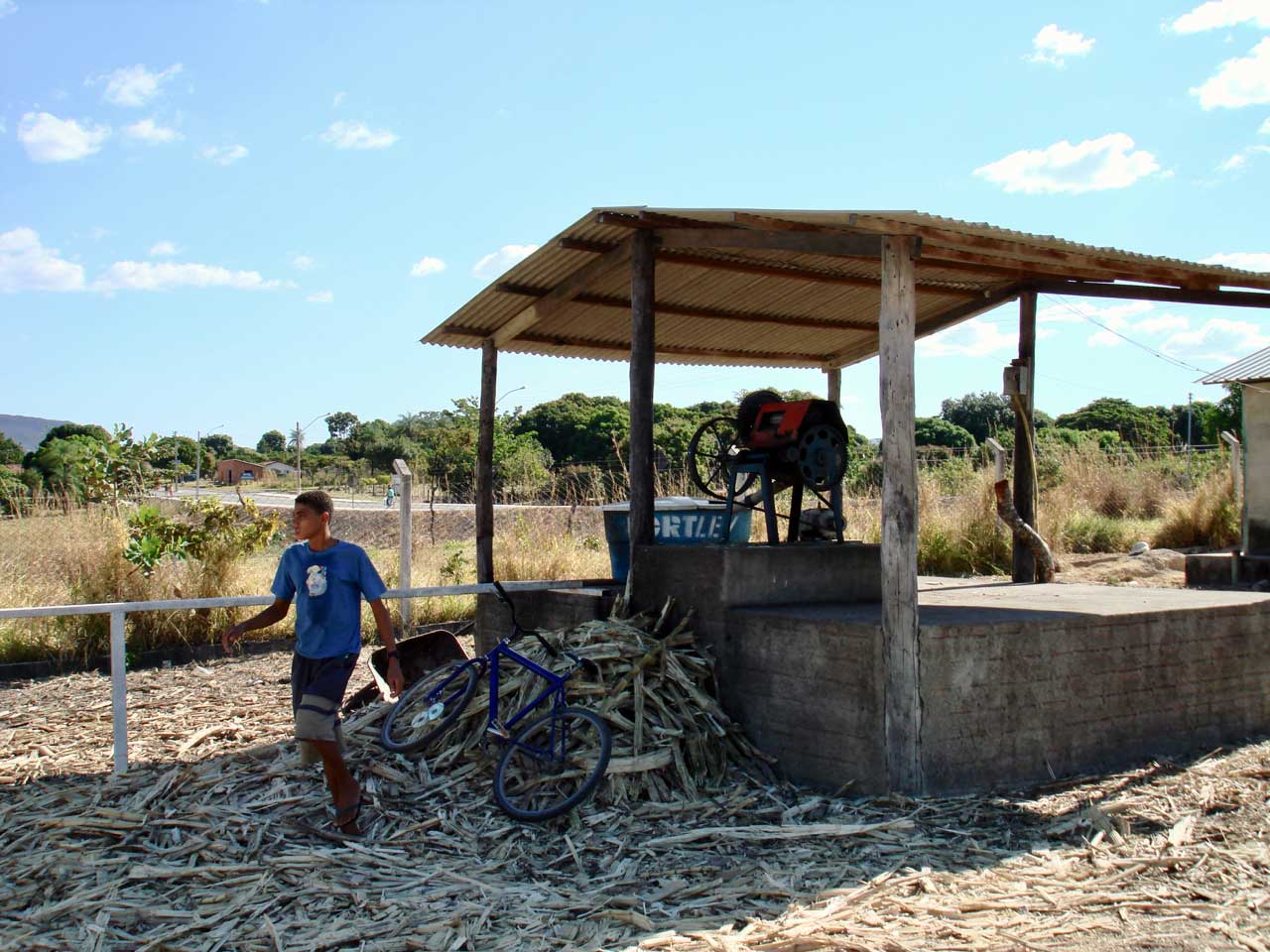
Molasses Of Brazil
On a visit, wayyyyyy out in the middle of nowhere, I learned something very new for me, about sugar.
I visited a place where the sugarcane was being stripped in large quantities, made into molasses, and yes, also into Cachaca the national (powerfully strong), Brazilian drink.
It was said to never drink the sugar cane juice on an empty stomach because it was some pretty powerful stuff.
But in the drinking of it, super energy was assured.
Sugar is used to ferment so many drinks we love.
Pomegranate Sugar and Molasses
Boiled down numerous times, it will turn into the molasses we all know and love. Pomegranate has a rather high content of sugar, with makes it a perfect fruit juice to combine with sugar and boil into a fruit molasses.
Pomegranate has 31g of sugar in a cup of pomegranate juice, while oranges have 7g per cup, watermelon 9g and bananas have 18g.
Grapes are also high in sugar and yes, I have made molasses out of freshly squeezed grapes too and it is amazing!
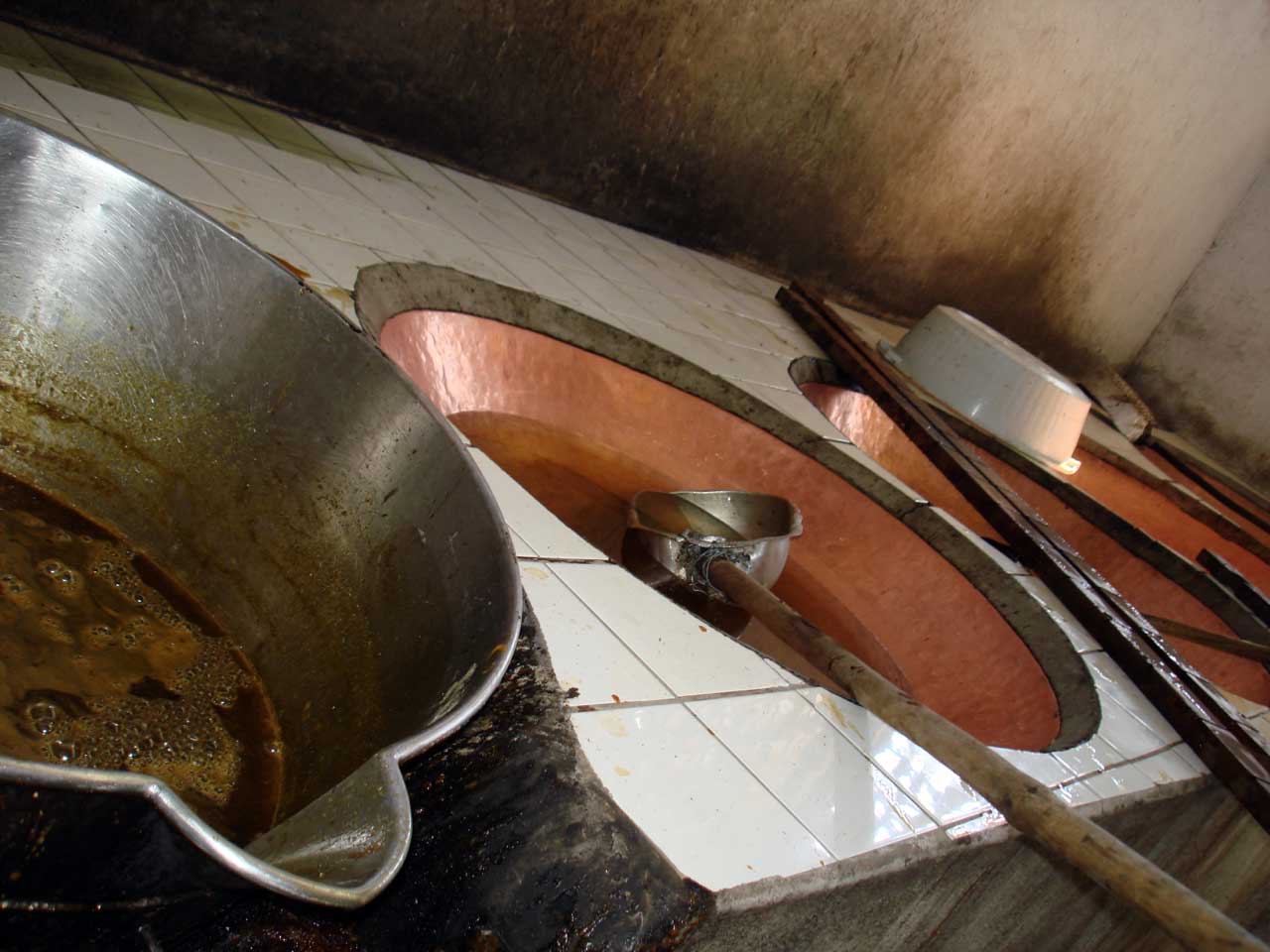
What Is The Difference Between Molasses And Pomegranate Molasses?
Molasses comes from sugarcane. Sugarcane juice that has been boiled done to form a thick syrup which is simply a syrup made from the pure sugarcane juice.
Pomegranate molasses is made from the juice of the Pomegranate, which contains rather large quantities of natural sugar.
Add to that, a little sugar as we know it, and boil it down with the juice of the pomegranate and it becomes a beautiful syrup.
If boiled too long, however, it will become too thick to pour, almost like tar.
Timing will be important in the making of your own pomegranate molasses.
Pomegranate Fact Or Myth
It is said that every pomegranate fruit has exactly the same amount of seeds, 613.
Crazy, right? Repetitive numeral patterns are found all throughout nature.
The correlation of seeds in a pomegranate had symbolism in Judaism and the Old Testament of the Bible.
In the practices of numerology (adding all numbers to a single number), 613 becomes the number 1, which most often is thought to symbolize God, or the universe.
Let’s just say that pomegranate must be the fruit of the gods!
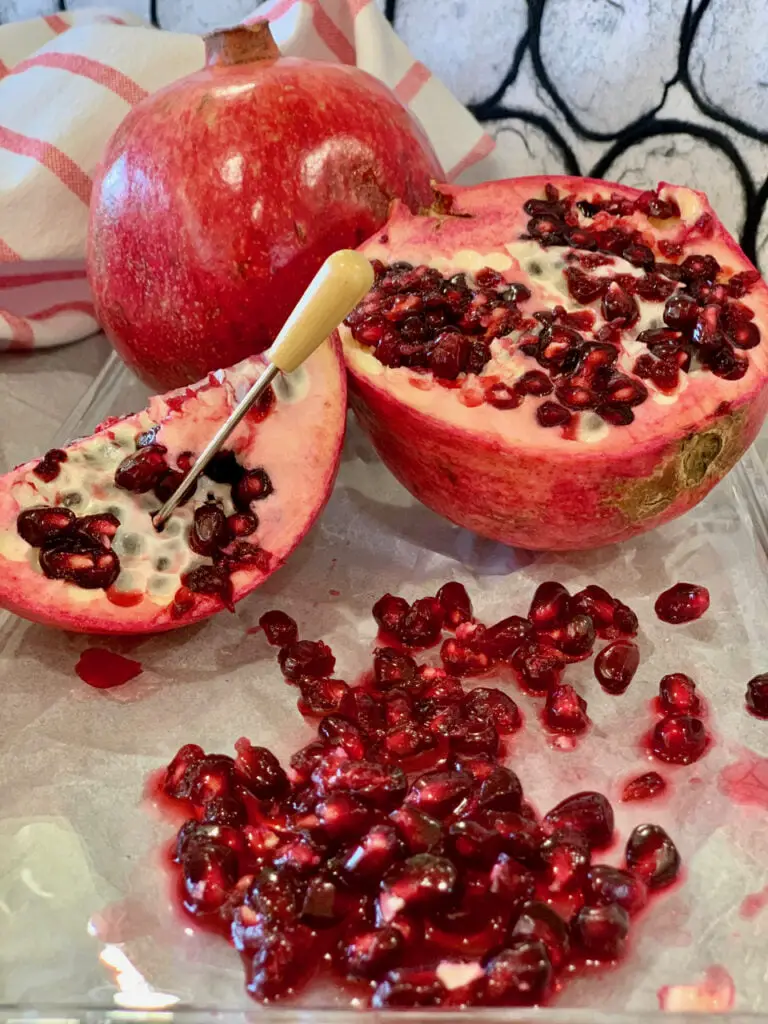
Making Pomegranate Molasses
While it is a simple process to make your own pomegranate molasses, therefore bypassing the additives and preservatives in store bought pomegranate molasses, the trick will be in the timing.
You will have two choices for obtaining the pomegranate juice: buy a bottle of pure pomegranate juice.
Otherwise, you can sit and pick all 613 pomegranate seeds from a beautifully fresh pomegranate yourself.
Put the seeds in the blender or processor, pulse just a couple of times and strain the juice.
If you give a really good whirl in the blender, the internal seed, hidden inside that beautiful ruby red pomegranate seed, can be very bitter, so just a few pulses.
To the juice, you simply add some sugar.
Not a lot since the pomegranate juice already has plenty sugar naturally.
A little lemon juice, bring it to a boil, lower and simmer until it begins to reduce. If you use too much sugar, it can quickly become too thick to use or turn into hard brittle candy.
Ingredients Needed
- Pomegranate juice
- Lemon juice
- Sugar
Equipment Needed
- Sauce pan
- Measuring cup
- Citrus press
- Whisk
- Airtight jar
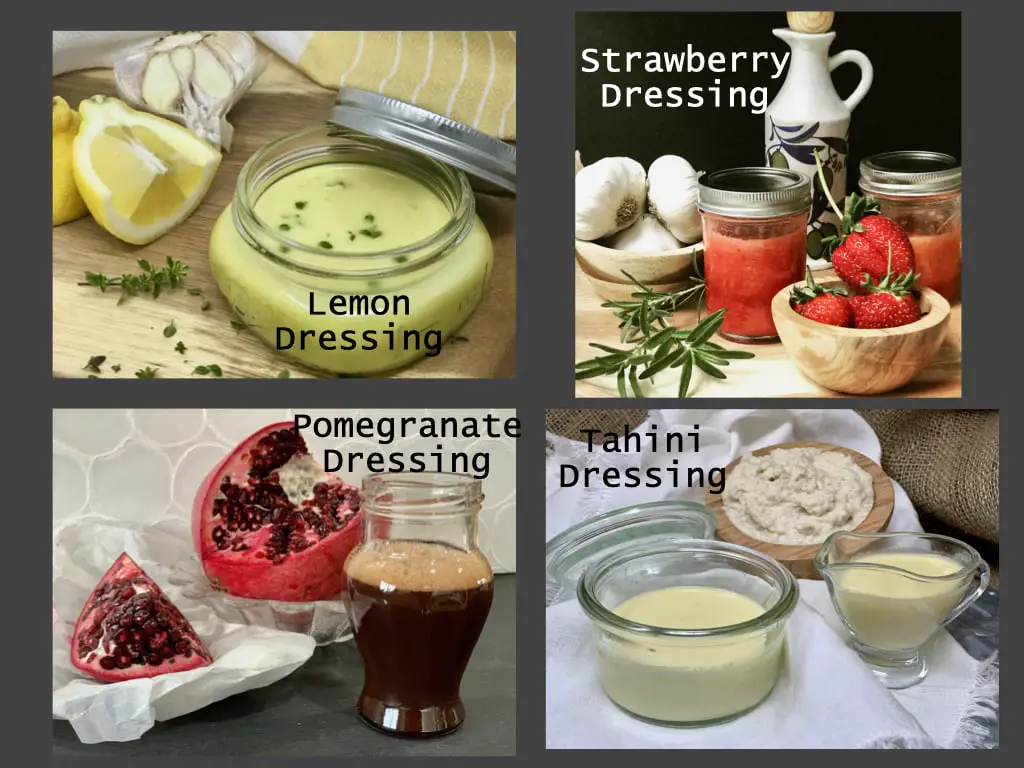
Pomegranate Molasses Recipe
Equipment
- Saucepan
- 12 oz Jar with lid
Ingredients
- 16 oz Pomegranate juice pure
- 1/4 cup Lemon juice
- 1/2 cuo Raw Sugar
Instructions
- Place all the ingredients in a saucepan, bring to a boil, lower and simmer on low for about 30 minutes, or until reduced to a little more than half the amount you started with.
- Allow to cool and store in an airtight glass jar.
Video
